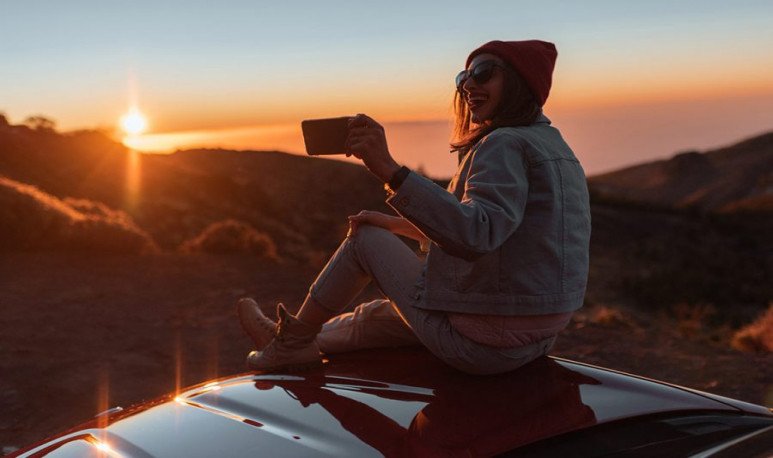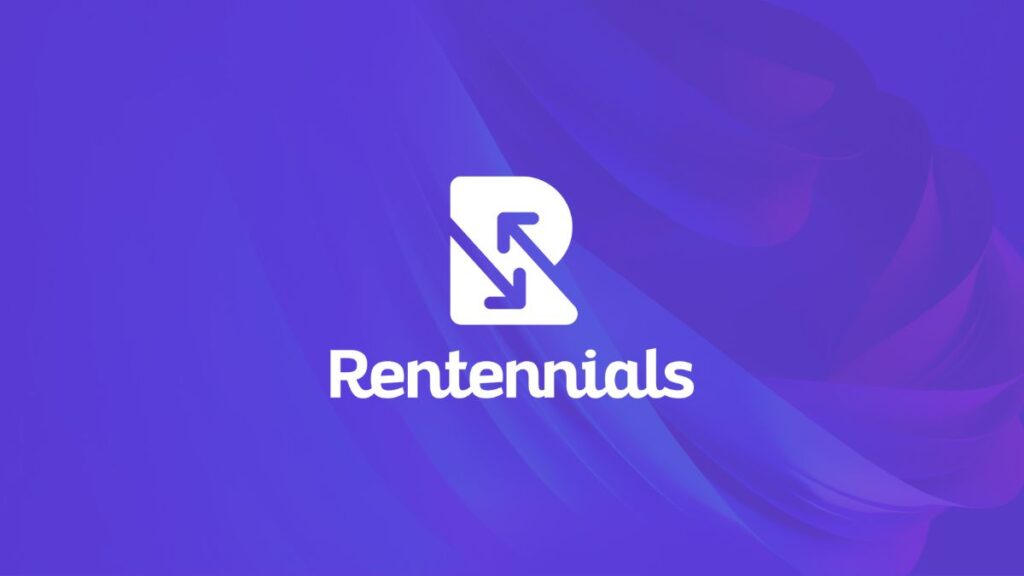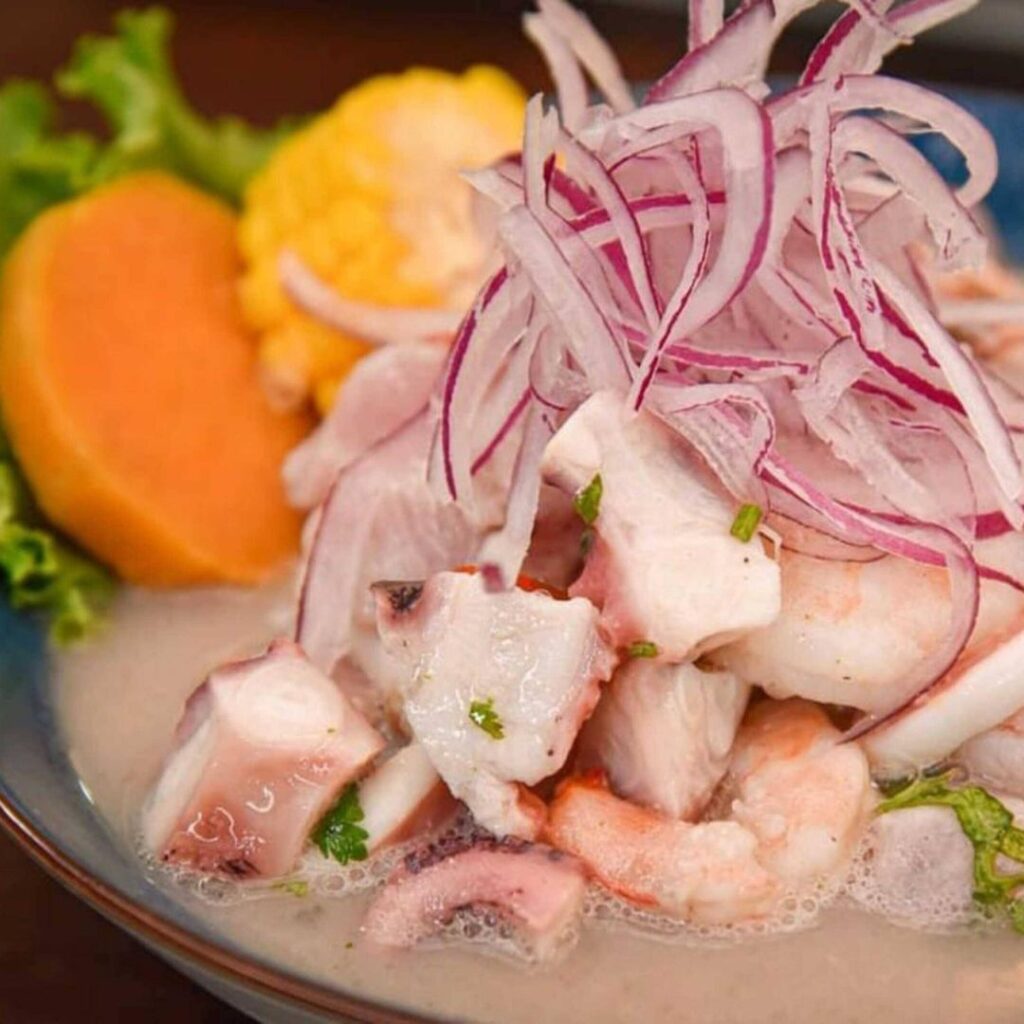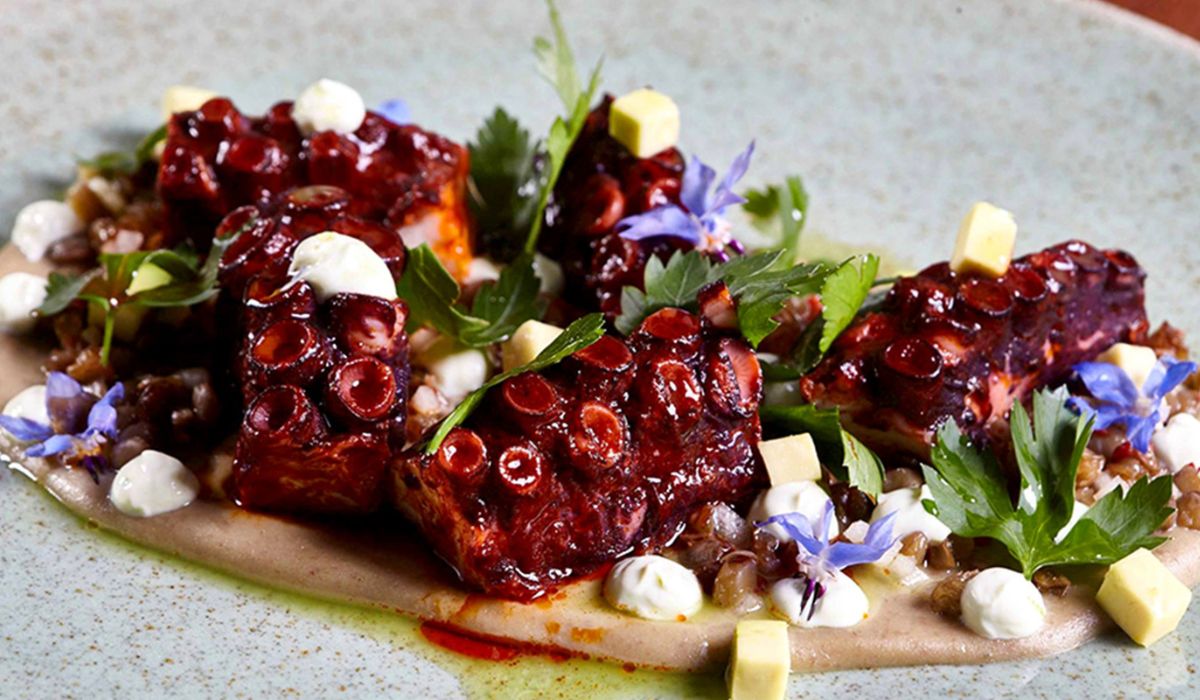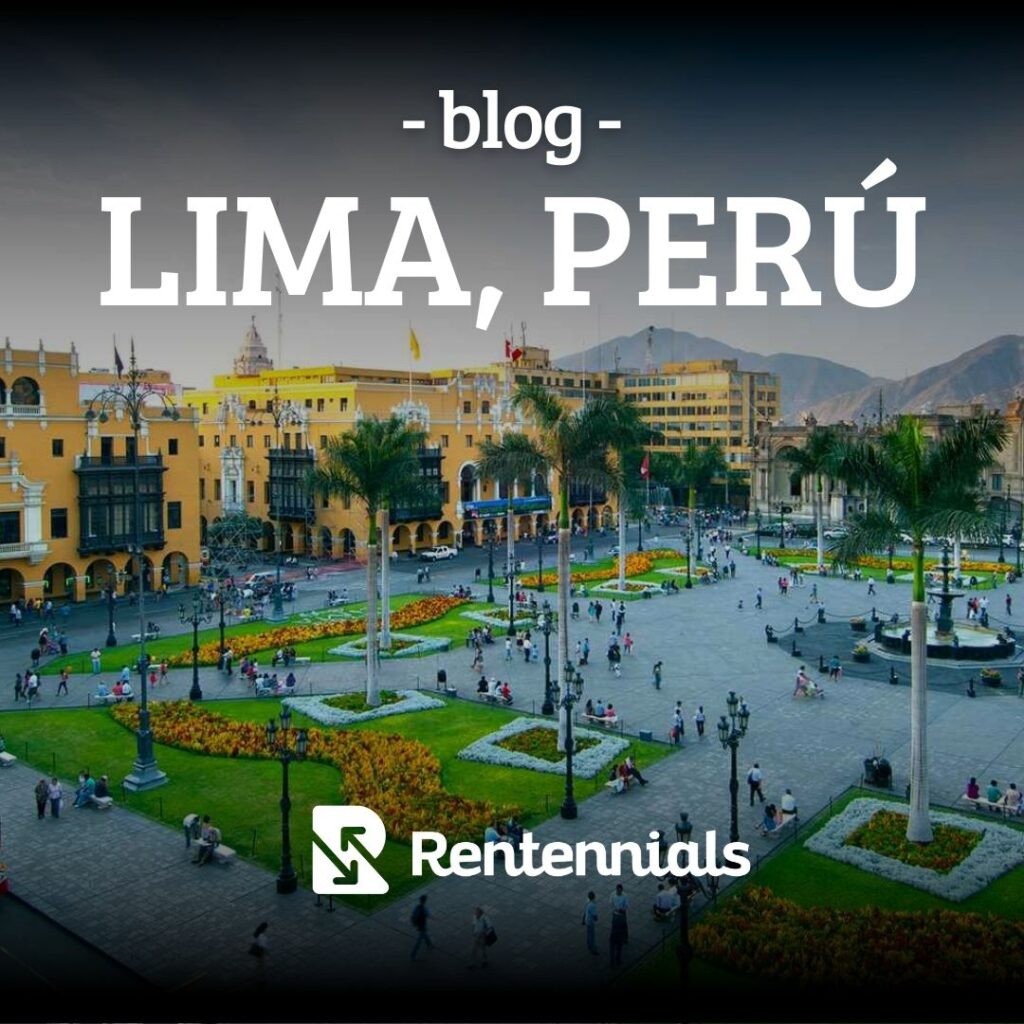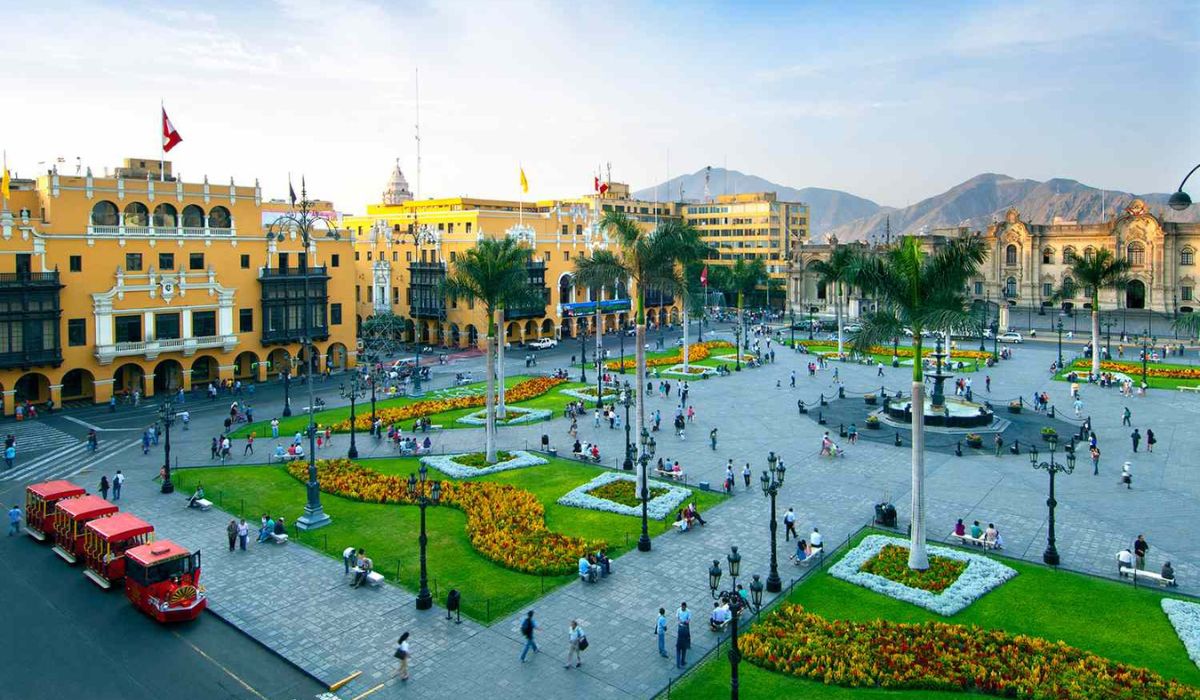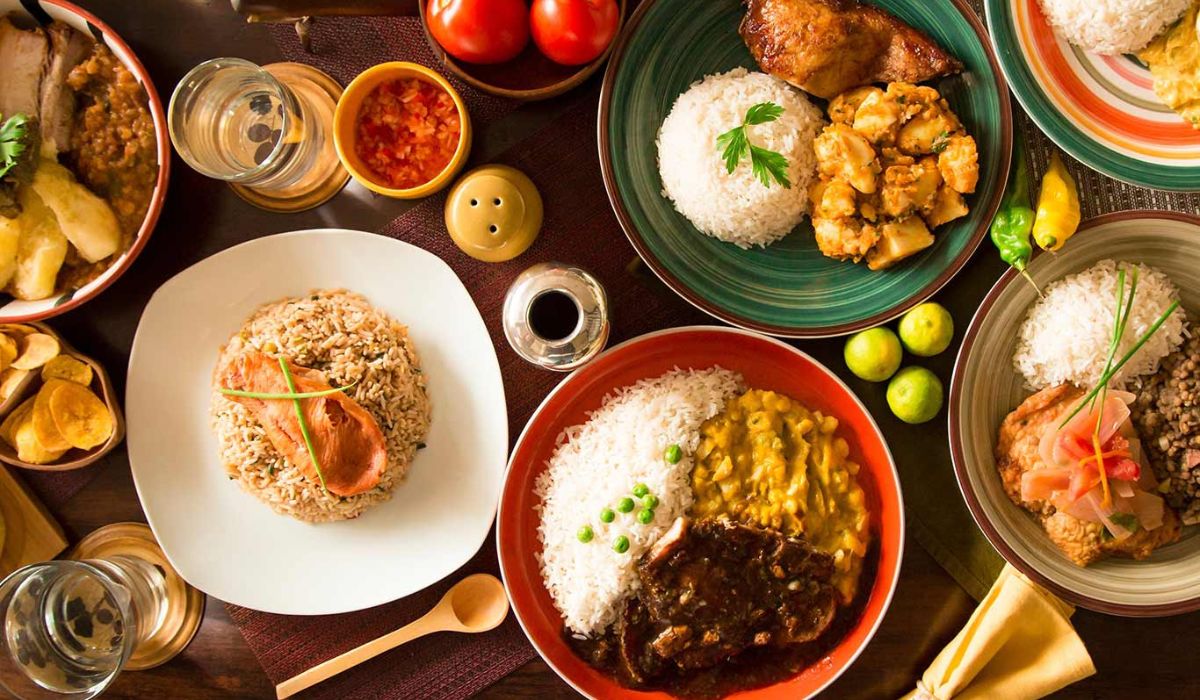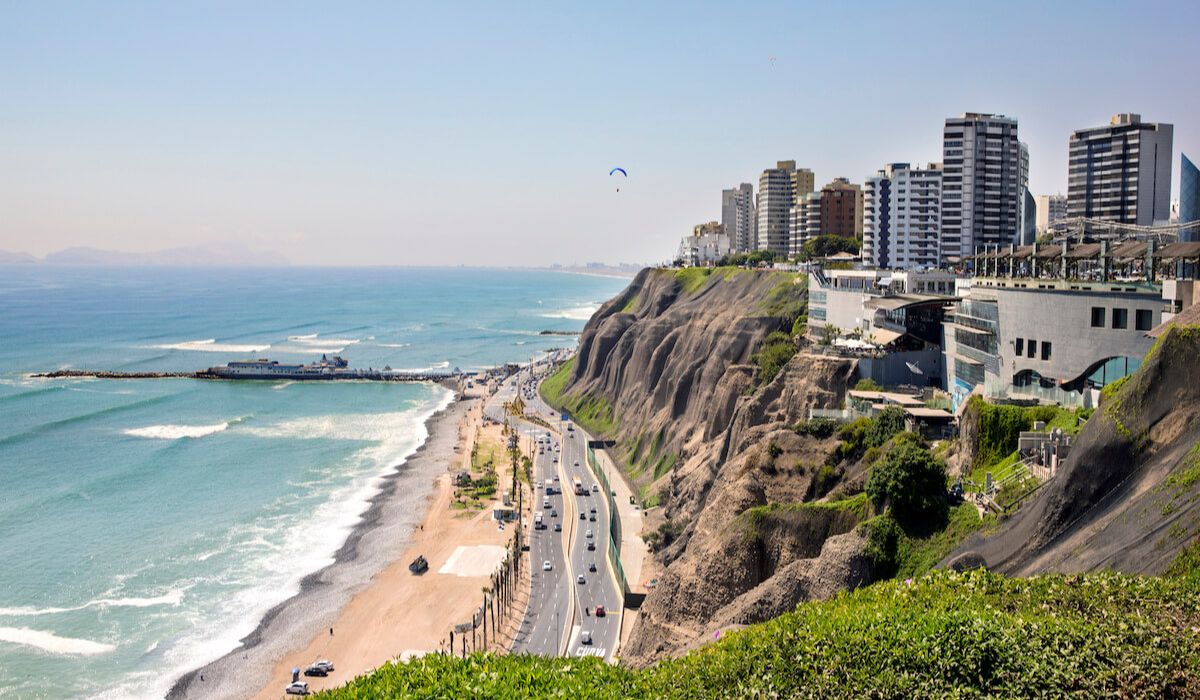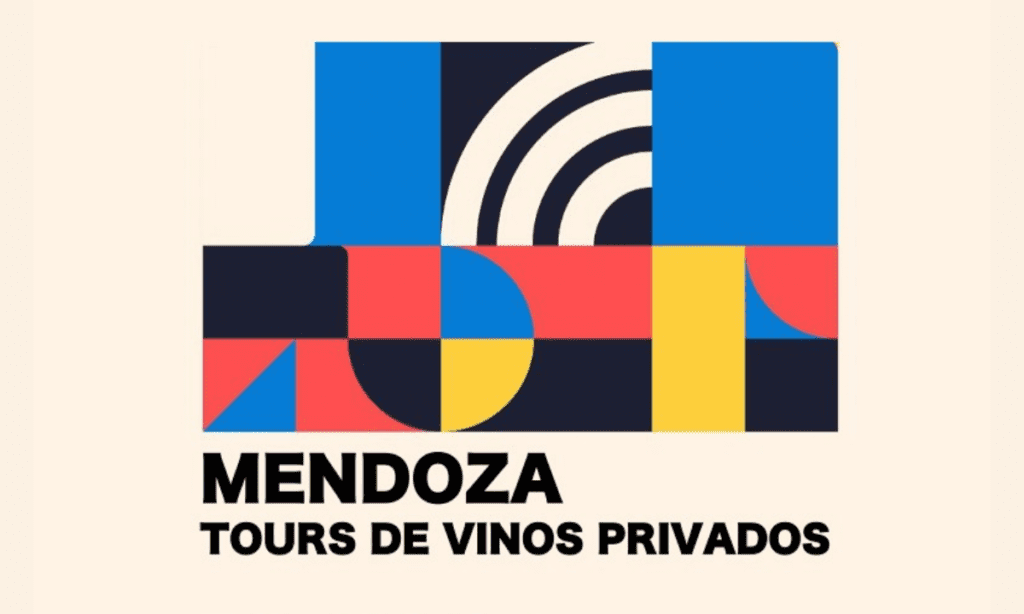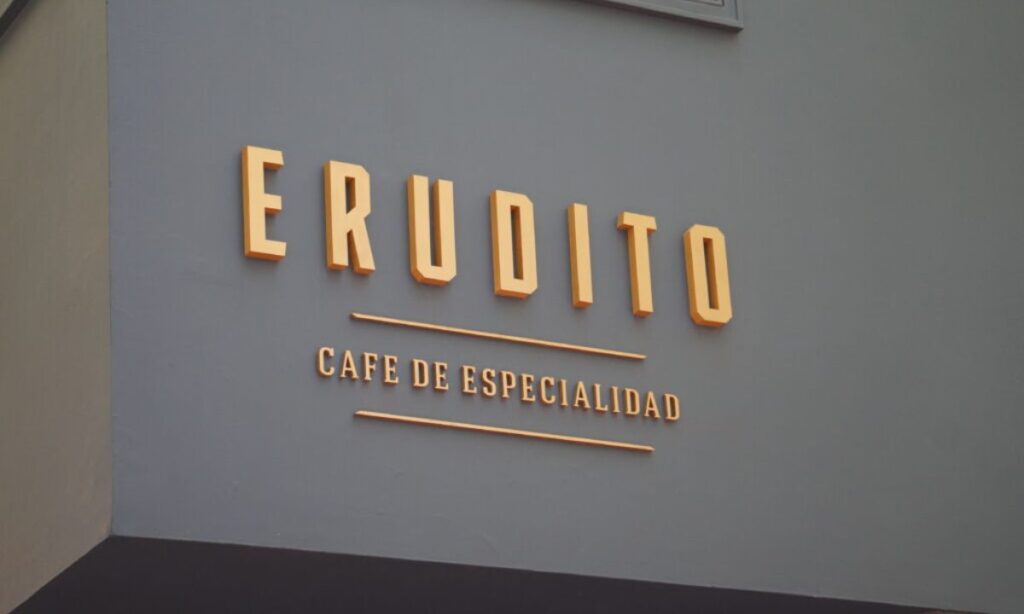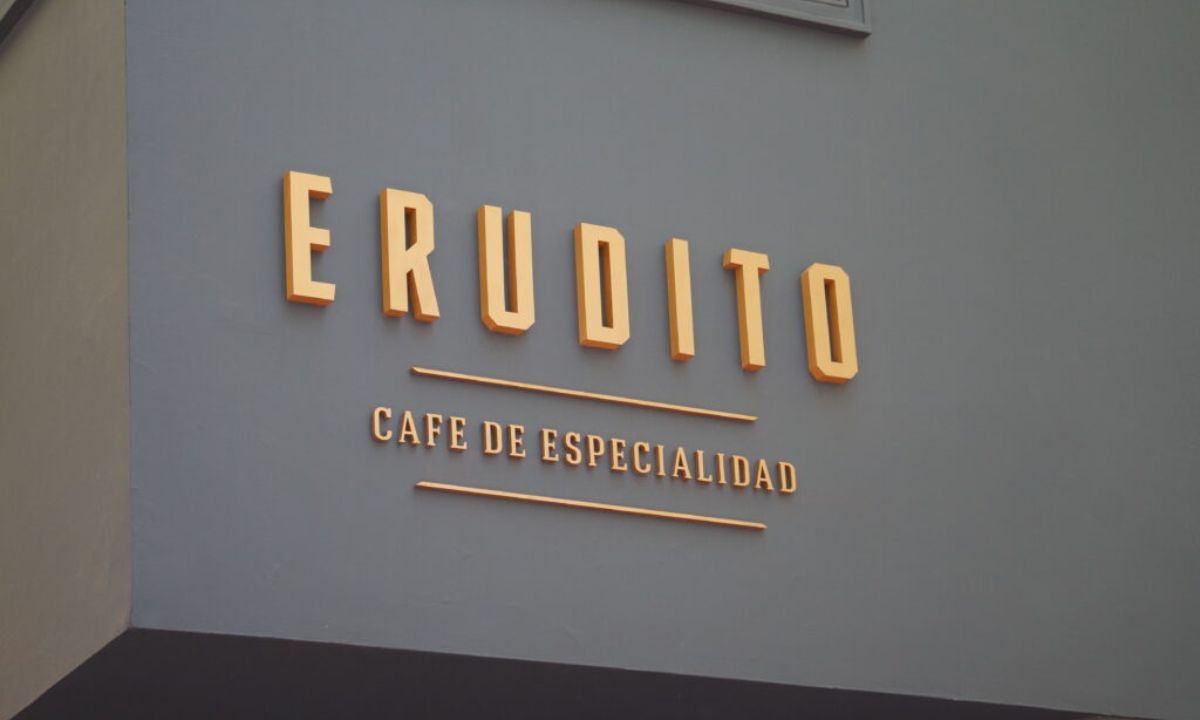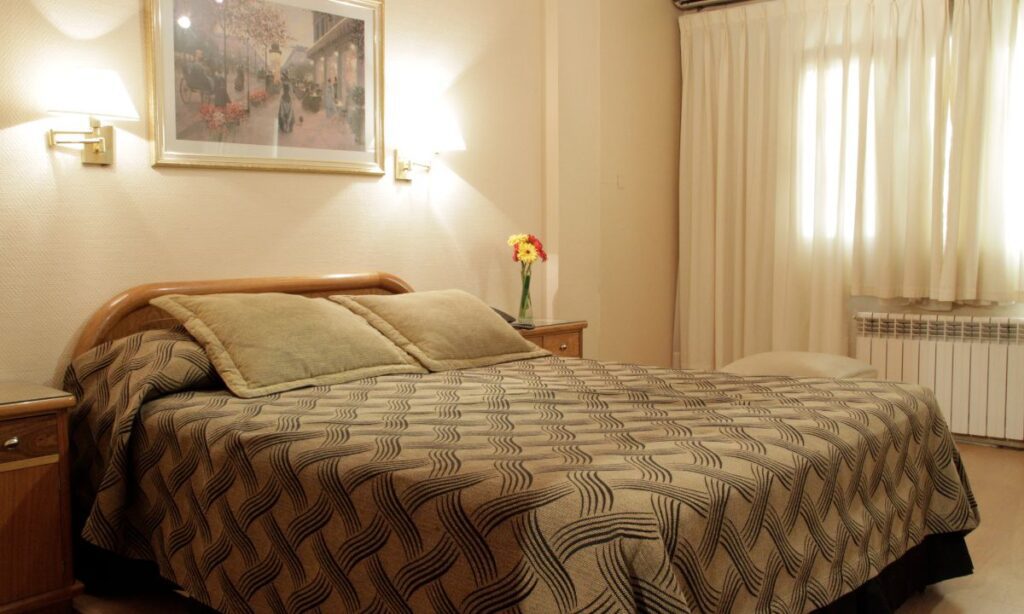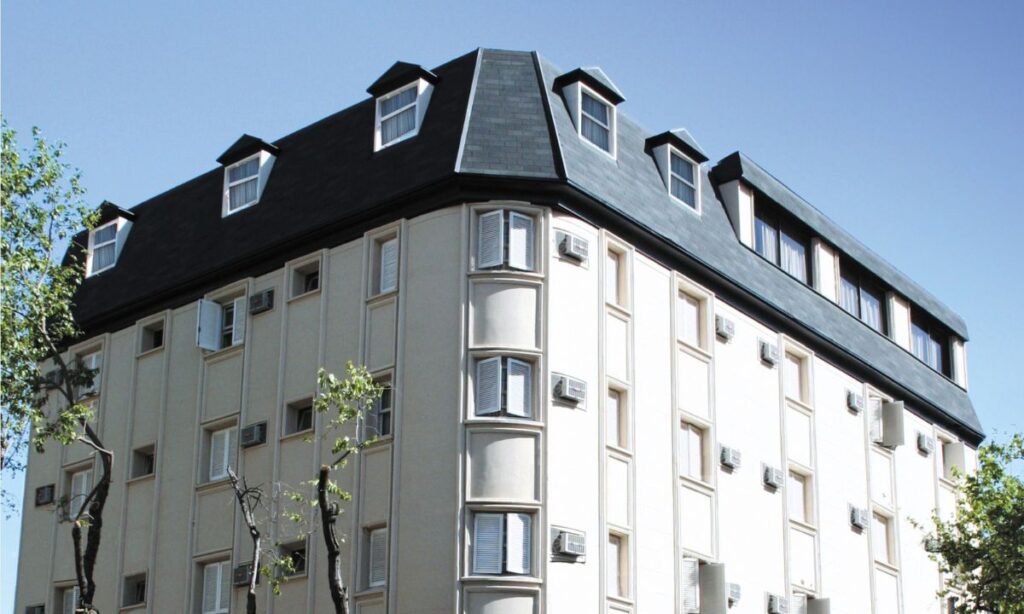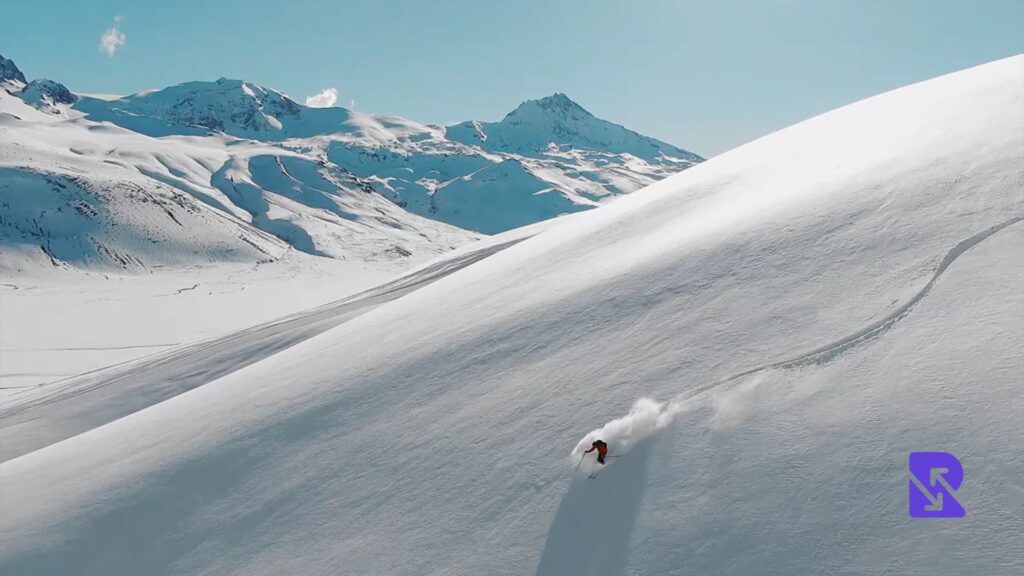Recommended Activities to Enjoy in Mendoza City
Mendoza, the land of sun and good wine, is an unmissable and unmatched destination to enjoy all its experiences, views, and activities in nature with its mountains, tourist attractions, and wineries to visit and enjoy with unforgettable guided tours.
Parque “General San Martín”
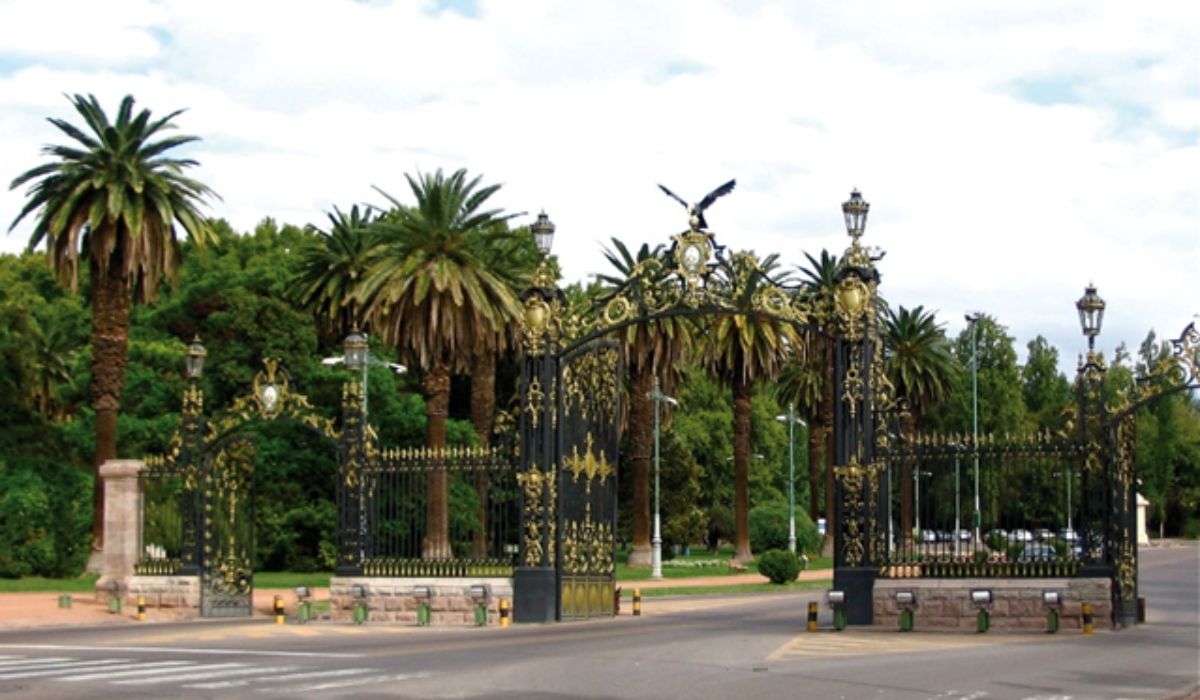

The Parque General San Martín is the most important green space in the city of Mendoza and therefo re a must-see in the city.
The park is very popular with locals and tourists. It was designed by the French landscape architect Carlos Thays (the same one who designed the forests and the rose garden in Palermo in Buenos Aires) and has an area of 307 hectares, an artificial lake, children’s playground, and different landscaped areas.
To get to the place and experience it in all its splendor, you will definitely need a vehicle. The main entrance where the famous gate is located is on Av. Del Libertador, corner Av. Bulogne Sur Mer.
The entrance gates to Parque San Martín are a true gem of wrought iron, originally designed for the palace of a Turkish sultan.
Caballitos de Marly
In the access roundabout to the park is Los Caballitos de Marly, a replica of a famous work by the French sculptor Guillermo Coustou called Les Chevaux de Marly, which can currently be seen at the Louvre Museum.
Lago del parque San Martín
With a size of 1000 meters long by 100 meters wide. The Club de Regatas de Mendoza, one of the most important and oldest in the city, operates on the lake, where rowing enthusiasts practice their sport. In the southern sector of the lake is the Isla de los “Enamorados” which is accessed by a beautiful bridge. On the north shore is the Fuente de los Continentes and the Rosedal.
Cerro de la Gloria
Next to the park is Cerro de la Gloria with an important monument to the independence struggles led by General San Martín and the Army of the Andes.
Teatro Griego Frank Romero Day
The Frank Romero Day Greek Theater can accommodate up to 19,000 people and since 1963 has been the venue for the closing of the National Grape Harvest Festival.
Malvinas Argentinas World Cup Stadium
With a capacity of 42,500 people, the Malvinas Argentinas World Cup Stadium it is located within the General San Martín Park in the capital of Mendoza.
It was inaugurated on May 14, 1978, in anticipation of the World Cup that was held in Argentina that same year. The stadium was also one of the venues for the 2011 Copa América, in which it underwent a renovation, and the South American qualifying rounds.
Since 2017, it has become one of the venues for the Copa Argentina.
Other places to visit in Parque San Martín:
– Natural History Museum
– Aboriginal Park
– National University of Cuyo
Walk through Aristides Villanueva
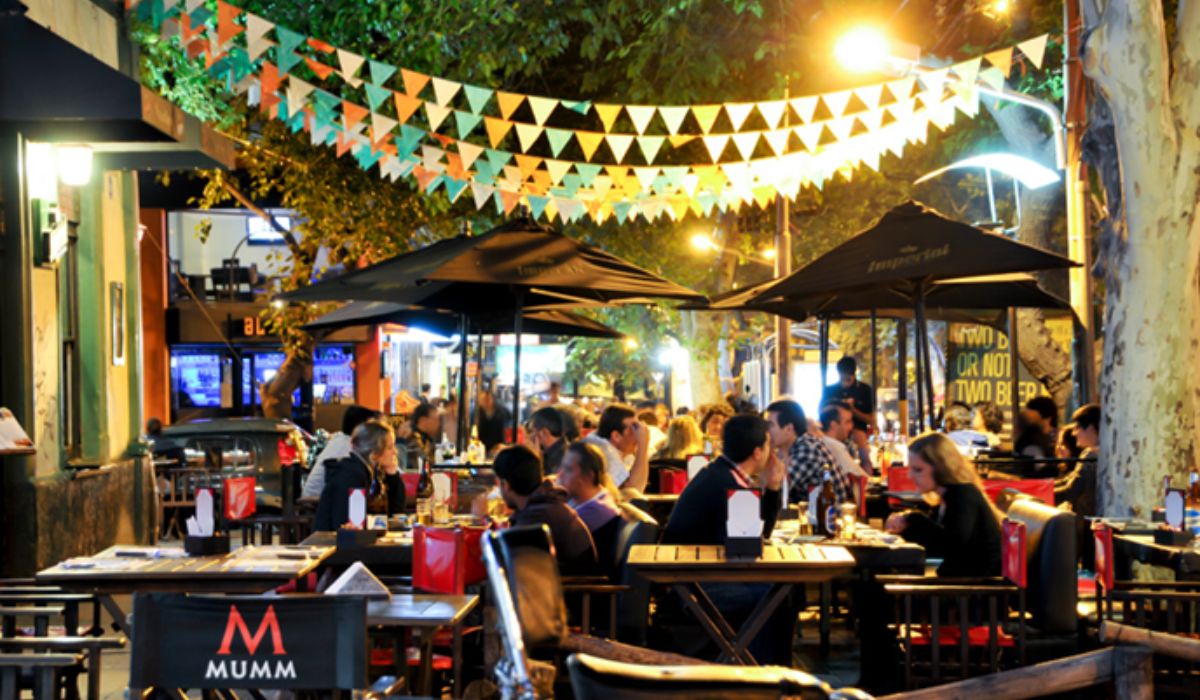

Mendoza lives at night on Aristides Street, inviting both Mendoza residents and tourists from all over the world. After your tour of San Martín Park, we recommend going to this beautiful street full of bars and restaurants.
Arístides Villanueva Street is the most visited and renowned street in the city, on which the young night of Mendoza has been established. It offers restaurants, bars, Irish Pubs and much more, next to each other. It is also very close to the center, but we recommend you go by vehicle to explore more and see other places in the area. It is ideal as a “previous” to then go dancing and is prepared to receive the foreigner speaking their own language. Calle Arístides has shine and elegance and when the weekend arrives, there is no room for anything and fun is guaranteed.
The sidewalks of the avenue are completely occupied with the tables and chairs of the restaurants and during the weekends with small street shows. The Antares and the William Brown Irish bar are a must on a night chosen to have a good time.
Beer continues to be chosen to share a local or regional bite. But good Mendoza wines are taking over those spaces since the winery boom is changing tastes and customs. If we talk about wines and tastings, Cabrera Charif Wine House has its own wine bar and wine cellar.
In Mendoza, everything is close. In summer, when the days lengthen and the heat lengthens the time spent away from home, good drinks at Arístides are a good option.
Carlos Alonso Museum
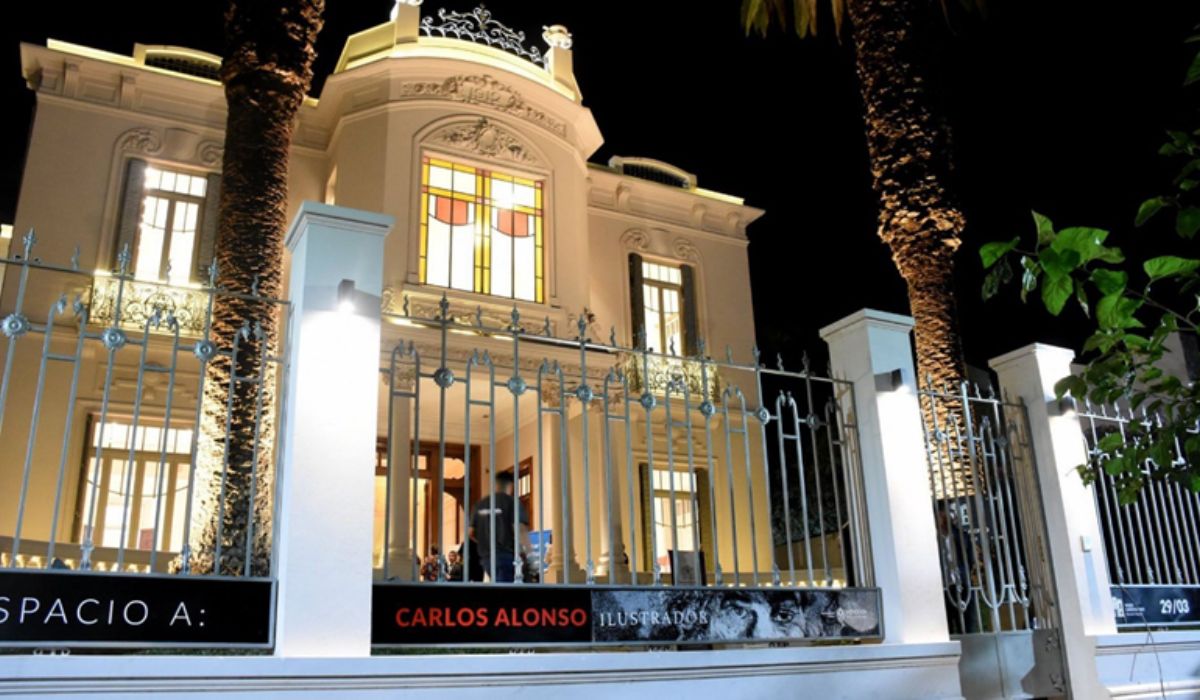


The Carlos Alonso Museum is a mansion for Mendoza culture. On the traditional Avenida Emilio Civit, in the City, stands the impressive mansion, one of the most representative in the history of the province.
It was built in 1912 by Víctor Babino, at the request of Luis Stoppel, a diplomat and businessman born in Chile and based in Mendoza. Its imposing interior invites you to explore every corner, where, currently, the works of renowned Mendoza artists are exhibited.
This space for the visual arts has 2 sectors: Space A and Space B, where samples from different artists are presented.
The Stoppel Mansion can be visited from Tuesday to Sunday, from 10 a.m. to 7 p.m.
Malls
For a day of shopping, we recommend the best shopping centers to visit, explore and add beautiful memories of “The land of sun and good wine” to your suitcase.
Mendoza Plaza Shopping: A shopping and entertainment experience
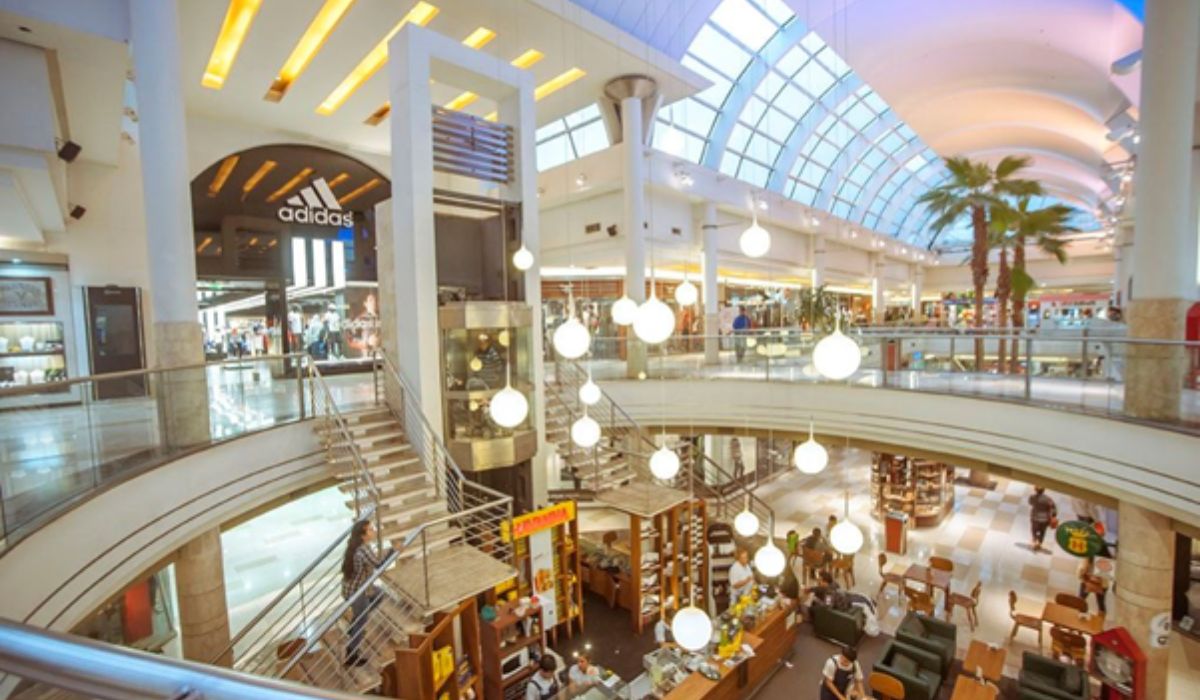


We begin our journey at the iconic Mendoza Plaza Shopping, the city’s first shopping center, presenting a perfect mix of fashion stores, dining options and entertainment for the whole family.
With 30 years of activity, located at Avenida Acceso Este 3280, Mendoza Plaza Shopping has 180 stores in different segments, from international brand stores to local stores with local products.
Beyond its variety of shops, shopping provides a great experience of services and entertainment. On your walk through this shopping center you can go to the movies, walk, taste the best dishes or take the children to Neverland, a place of games and entertainment for the little ones.
So, it is a fantastic place to enjoy with the whole family. You can visit it from Monday to Sunday, from 10:00 a.m. to 10:00 p.m.
La Barraca Mall & Outlet: An oasis of sophistication and good taste
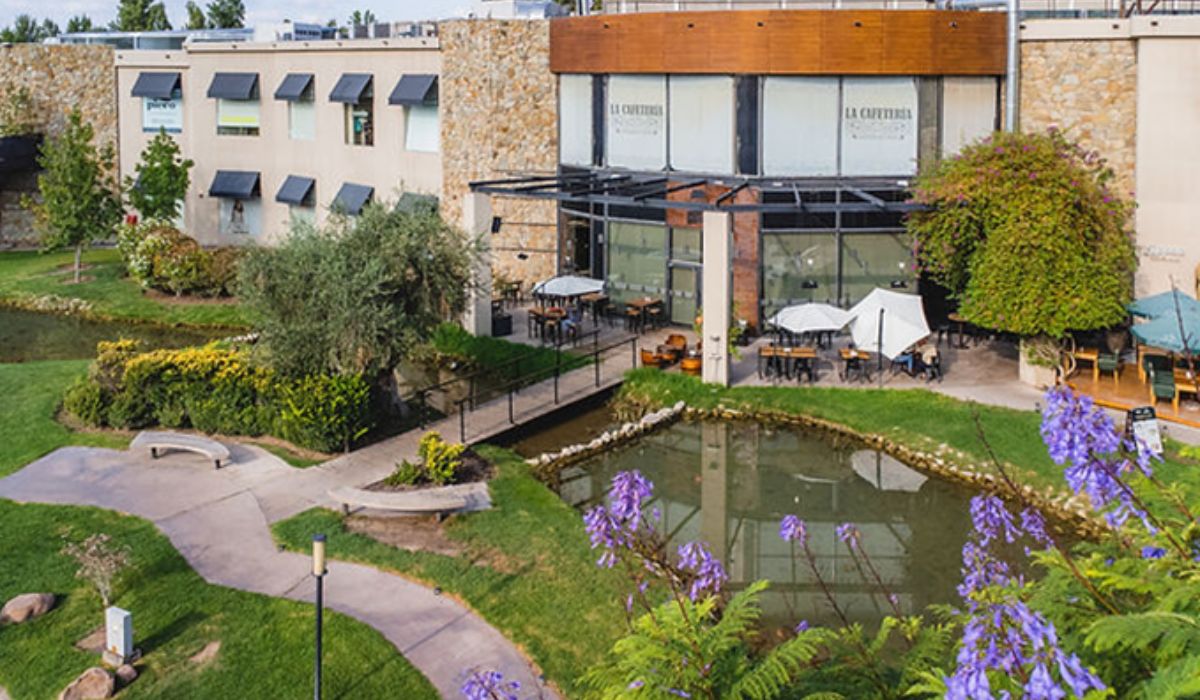


La Barraca Mall offers its Luxury Outlet offering, being one of the pioneers in this model within the city.
It is not among the largest, but it certainly has an interesting variety of options in stores for women, men and children. In addition to the convenient service, deco & home premises and the gastronomic offer for all tastes, inside and outside the establishment.
Without a doubt, one of the great attractions in La Barraca are the outlet sections in almost all brands. This way, you can access the best options in terms of quality without investing a lot of money.
Located on Calle Las Cañas 1833, Dorrego, Guaymallén. The opening hours depend on the store you want to go to, but we leave you the general hours:
Clothing: from 10:00 a.m. to 9:30 p.m.
Gastronomy: from 11:00 a.m. to 1:30 a.m.
Coffees: from 9:00 a.m. to 9:00 p.m.
Palmares Open Mall: A place to relax and enjoy shopping and fun
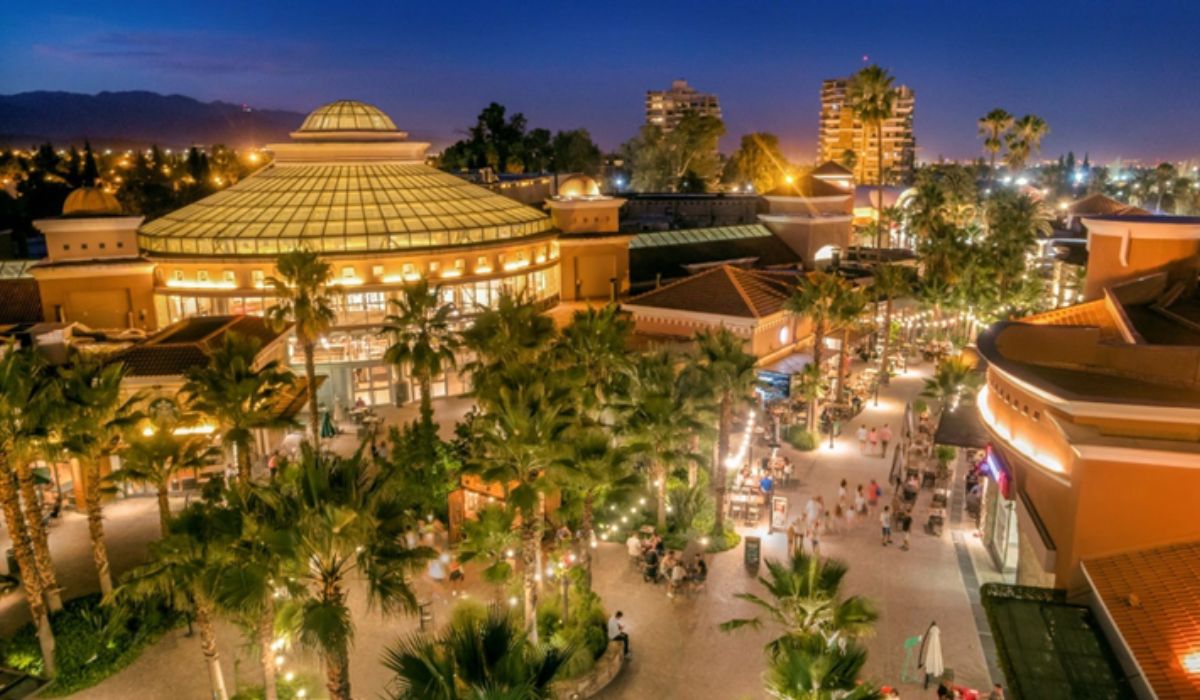


We close our list with the charming Palmares Open Mall, an ideal option for those looking for a relaxed atmosphere for shopping, drinking a good wine or doing other leisure or consumption activities.
Located on Avenida Panamericana 2650, the Palmares Open Mall Shopping Center has a seal that distinguishes it from other shopping centers in Mendoza: its open-air design, surrounded by beautiful gardens and green areas, creating a pleasant and welcoming atmosphere.
This shopping center has more than 120 well-equipped stores and movie theaters and a play area for the little ones, thus expanding your entertainment options. Beyond offering an environment favorable to family fun, this center allows you to find the best offers, recognized brands and international franchises.
If you want to visit Palmares Open Mall, you must do so from Monday to Saturday from 10:00 to 21:00 and on Sundays between 11:00 and 21:00.
Independence Theater
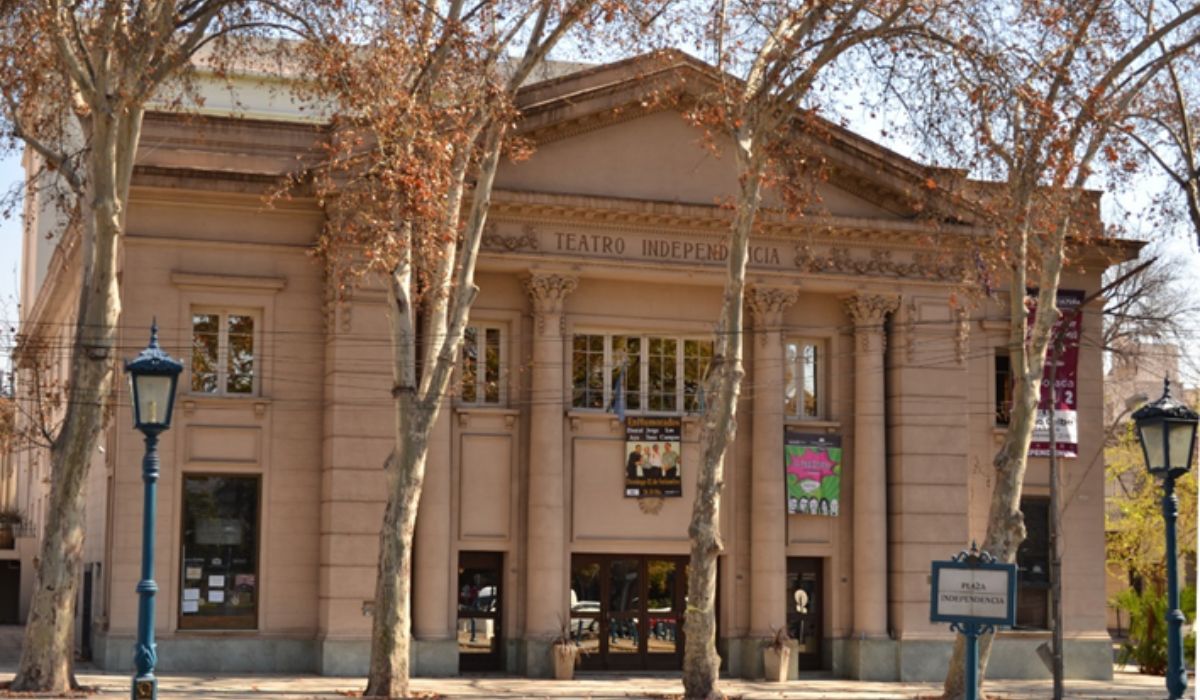


The Independencia Theater is the main stage in the city of Mendoza, with an incredible infrastructure and shows every day and every hour.
It was designed following the French academic style, with a neoclassical front façade, Corinthian columns, a Rococo style frieze, the Shield of Mendoza in bas-relief and a balustrade crowning the complex.
The interior design was based on Italian opera theaters, and in the lobby the gray marble staircase that gives access to the room stands out. This includes four floors of galleries, with a seated capacity of 730 people. The theater is the headquarters of the Provincial Philharmonic Orchestra.
Located on Chile and Espejo streets, it is located in front of the Plaza Independencia theater.
Independence Square
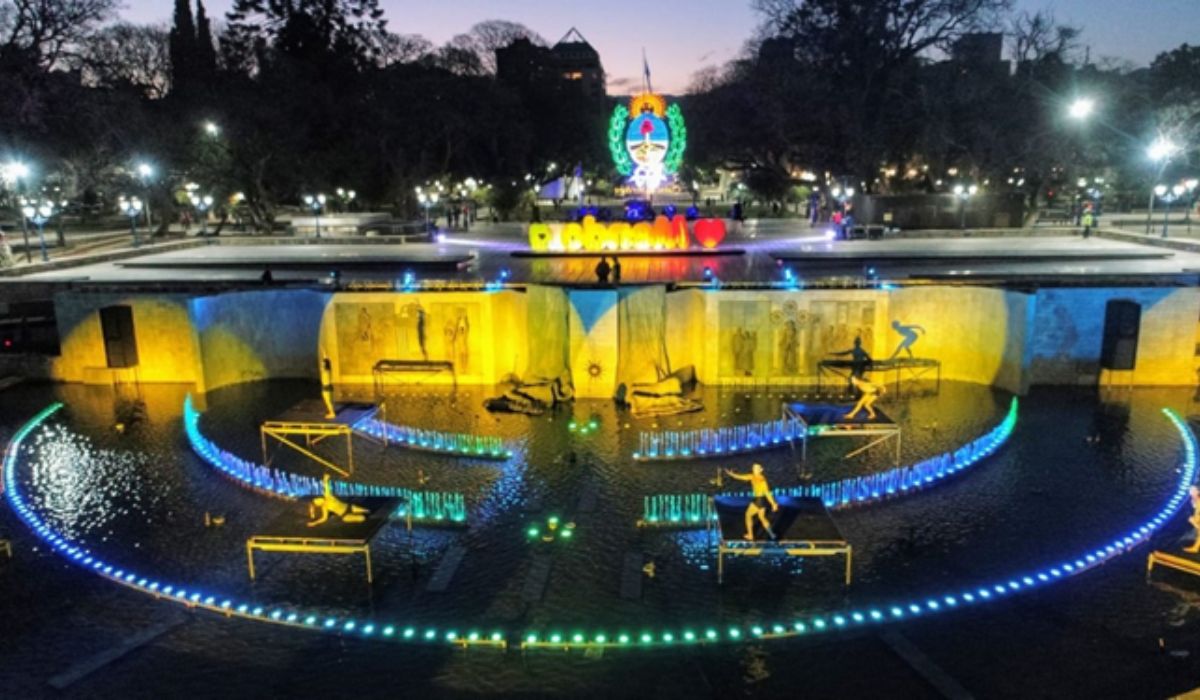


It is the most important and oldest square in the province, located in the center of the city, it was inaugurated in 1863 and currently has more than 70 trees, 150 bushes, 2,200 hanging plants and 55,000 flower seedlings, the “Municipal Museum Modern Art”, and the imposing shield of the province that shines at night, artisans, shows for children and its beautiful fountains that dance all day long.
Also, you can take a souvenir photo at the colorful Mendoza sign, where you can see the entire square and part of Peatonal Sarmiento, another very important gastronomic street in the city, in case you want to explore and taste.
We are sure that these destinations and many more that the province offers will make you fall in love with it as much as we do. We hope you enjoy each place with Rentennials and choose us again on your next visit. Mendoza is always waiting for you, Rentennials too.
We are Rentennials
Rentennials is the new way to rent cars from local hosts in your city, quickly, easily, and affordably. It's also your new path to starting your own car rental business and making money every month.
Discover more.
